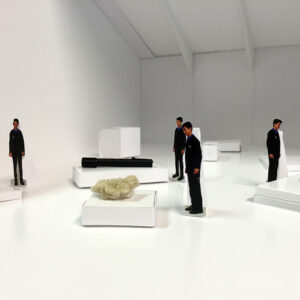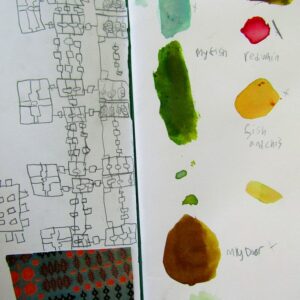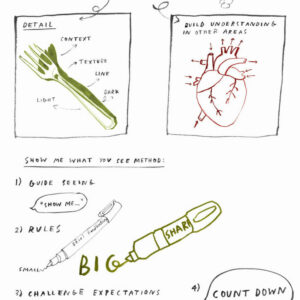Talking Points: What Is A Plinth?
A collection of imagery and sources designed to encourage children to consider what role a plinth may play in creating or displaying artwork.
Please note that this page contains links to external websites and has videos from external websites embedded. At the time of creating, AccessArt checked all links to ensure content is appropriate for teachers to access. However external websites and videos are updated and that is beyond our control.
Please let us know if you find a 404 link, or if you feel content is no longer appropriate.
We strongly recommend as part of good teaching practice that teachers watch all videos and visit all websites before sharing with a class. On occasion there may be elements of a video you would prefer not to show to your class and it is the teacher’s responsibility to ensure content is appropriate. Many thanks.
*If you are having issues viewing videos it may be due to your schools firewall or your cookie selection. Please check with your IT department.*
This resource is free to access and is not a part of AccessArt membership.



What Is A Plinth?
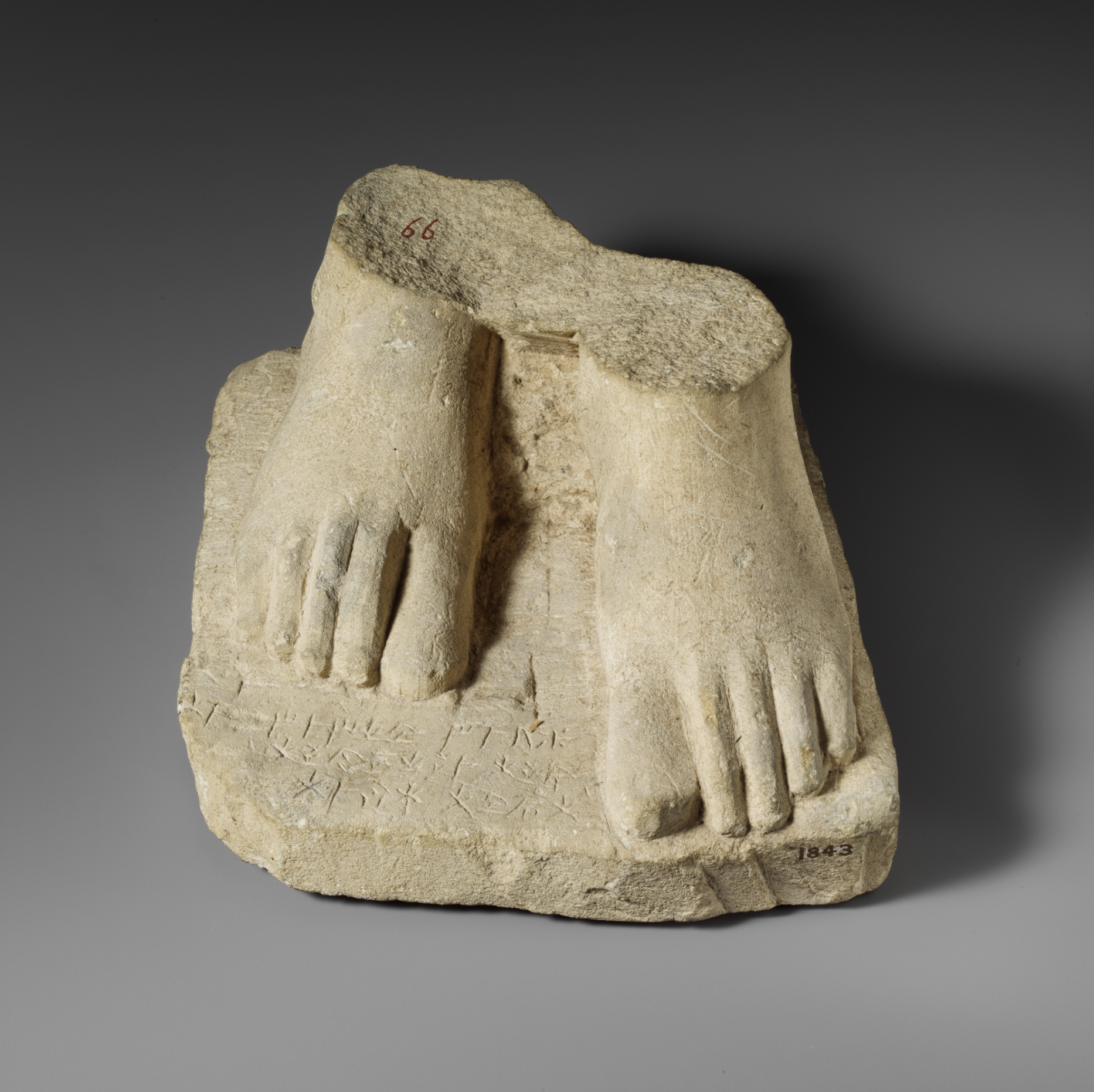
“Limestone plinth with the feet of a male statuette” Licensed under CC0 1.0
In the traditional sculptural sense, plinths are usually heavy boxes or bases made from stone, wood or metal, which raise a sculpture above the ground.
Plinths sometimes protect the sculpture from the elements, such as a sculpture raised out of the way of puddles of rain in the street.
More often, the role of a plinth is to give the sculpture some kind of status. By raising the sculpture to a certain level, the sculptor can decide how the viewer interacts with the artwork.
Plinths also help create a separation between the ordinary everyday world around us and the art “object”.
Seeing an object on a plinth might encourage us to view that object as an artwork – as something special.
Questions to Ask Children
Have you seen any sculpture on a plinth in and around the place where you live?
Why do you think those sculptures are on plinths? How does the way the sculpture is displayed affect how you think about the sculpture?
Imagine two peas. One is on the kitchen floor, but an identical pea is on a plinth in a gallery. How does it change how you think about the pea?
The Fourth Plinth
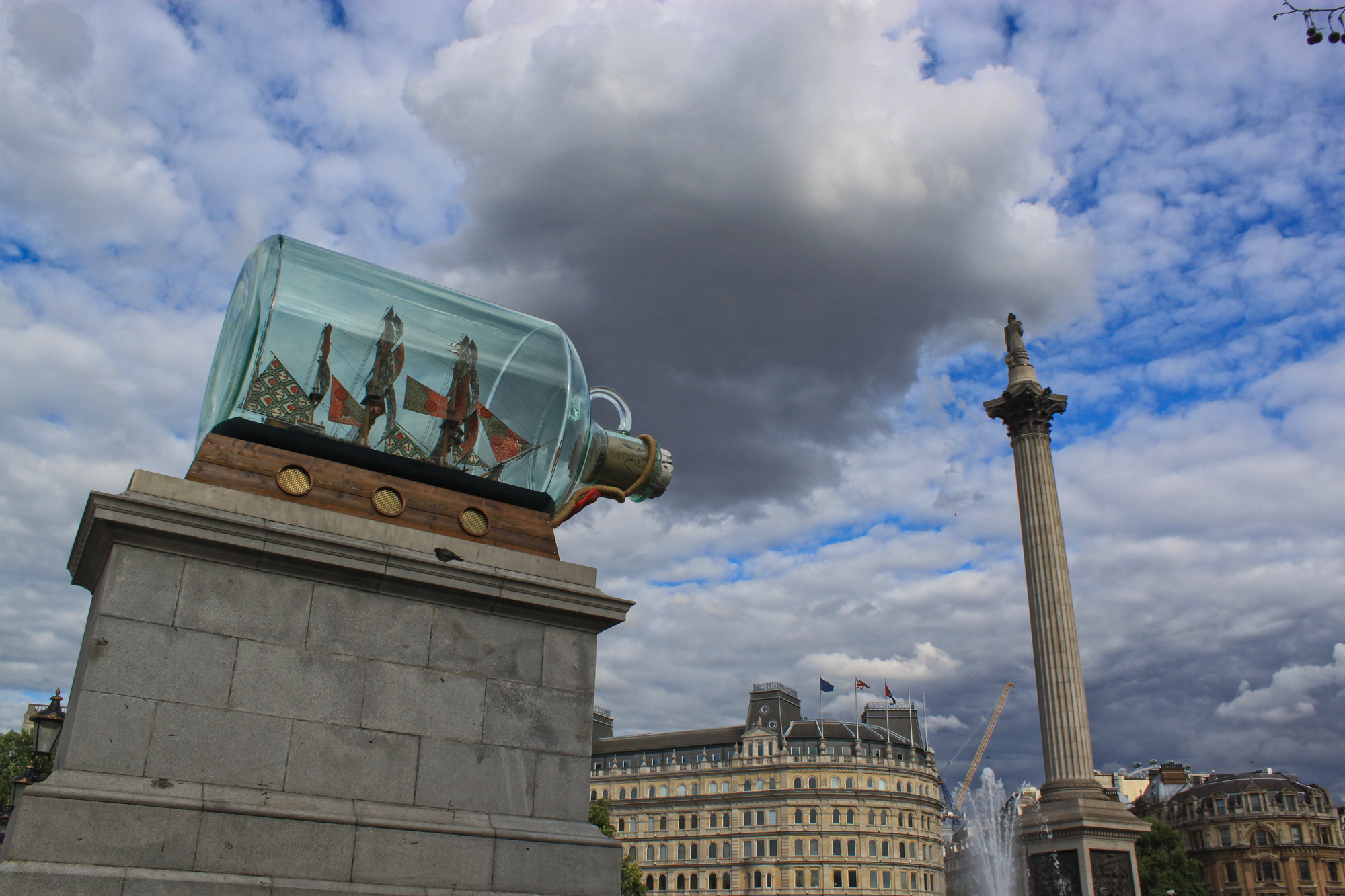
Photo of “Nelson’s Ship in a Bottle,” by Yinka Shonibare, Fourth Plinth, Trafalgar Square, London by Andy Hay
What is The Fourth Plinth?
The Fourth Plinth is considered to be one of the world’s largest ongoing public art commissions. Its main aim is to bring contemporary art to the public and to encourage debate about what art is.
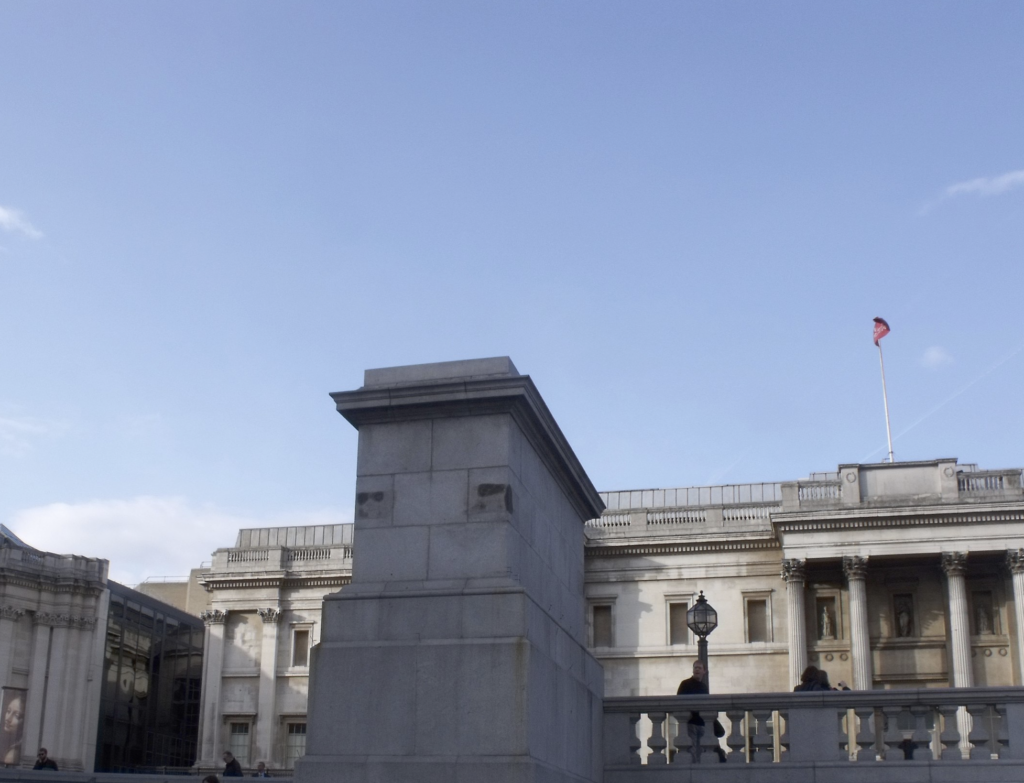
The “fourth plinth” was originally intended to hold a sculpture of a horse belonging to William IV, but the sculpture was never displayed due to lack of money. For over 150 years the plinth remained empty, until in 1998, the Royal Society for the Encouragement of Arts, Manufactures and Commerce (RSA) commissioned three contemporary sculptures to be displayed temporarily on the plinth. The legacy of those three sculptures was a rolling programme called the Fourth Plinth.
Take a look at the Fourth Plinth website to explore some recent commissions and explore the work of one Fourth Plinth artist, Antony Gormley below.
Antony Gormley, The Fourth Plinth


